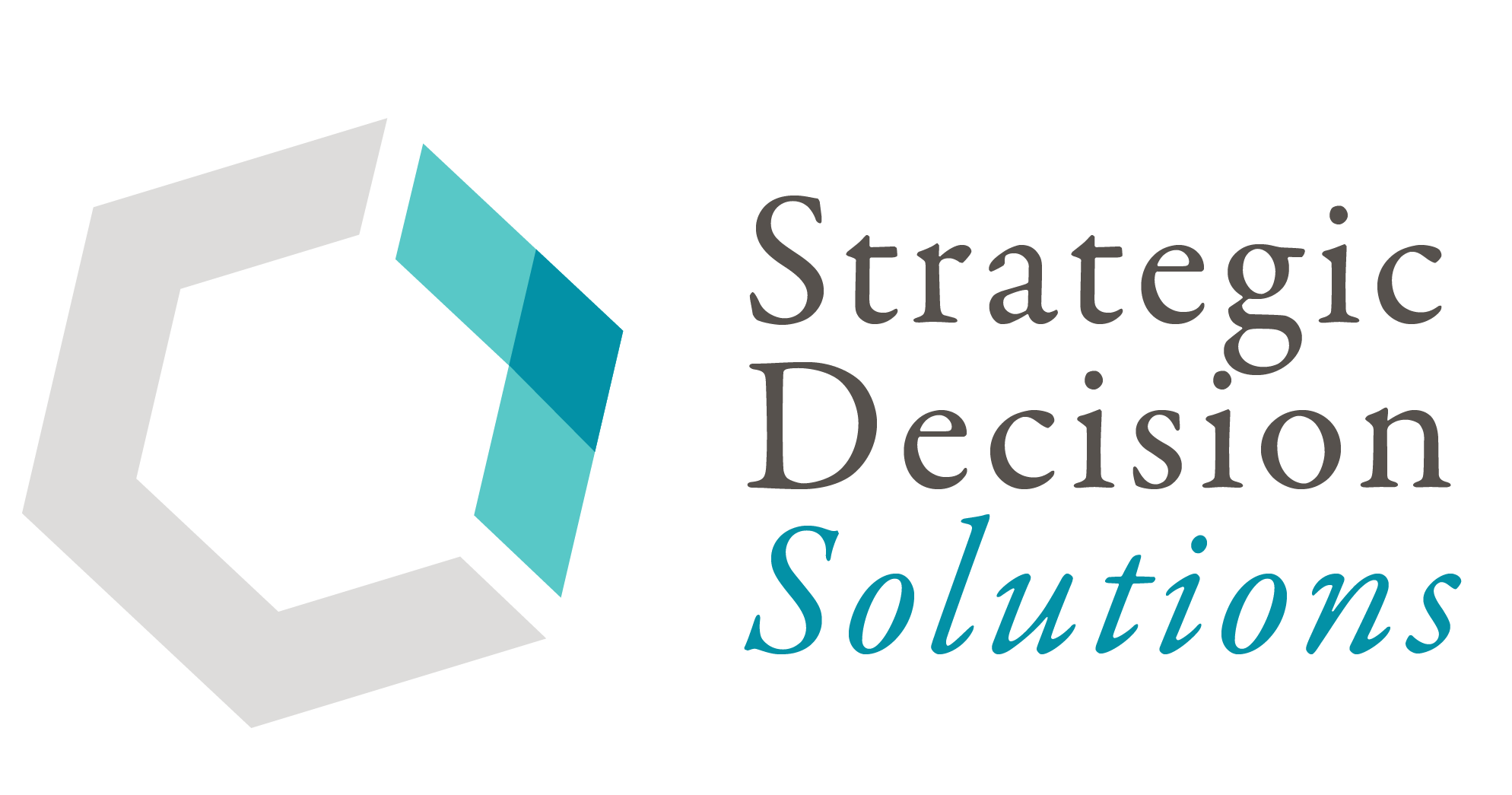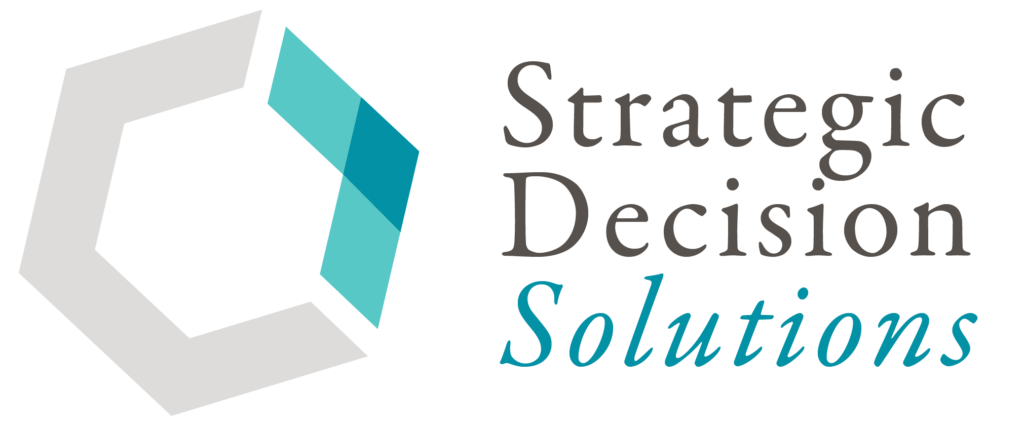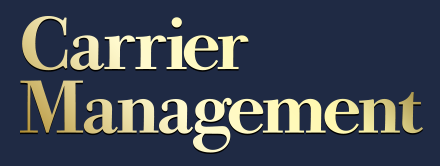Think about what makes a dish go from good to great.
Is it the serving dish? …No…
Is it the room you eat it in? …No…
It’s the ingredients, and not just the ingredients alone, but the proportion, timing, quality, and how they blend together.
Just the same, ERM has a certain blend of ingredients that make the difference between it being a “must do” exercise and a valuable decision-making tool.
We’ve all been in this situation in our careers:
You meet one-on-one or with a group, spend 30 minutes or an hour talking, and come away wondering what exactly did we accomplish? What was even the point of that meeting!?!
There are costs to this unproductive use of time…and not just in salaries. There are opportunity costs not readily apparent.
Now in the second half of the year, companies start looking ahead to planning for the next year and beyond, a process in which ERM should (hopefully) be actively participating. While different tools will be brought together during the planning process, it’s the quality of conversations amongst business units, company leaders, and ERM that will ultimately make the difference.
As discussed in previous articles on the importance of relationships, listening and reading people, and others, the oft-neglected soft skills are the real “make or break” moments for ERM, not necessarily the complexity of your processes or the governing structure of any program.
These soft skills, of which conversations are one, are part of the “ingredients” of an ERM function that plays an active role in helping the company achieve its objectives. (Additional articles on conversations can be found here, here, and here.)
Continue reading for 6 key ingredients of a valuable risk and/or strategy conversation…
The first two ingredients are simply good basics, with the remaining four coming from the book Deciding: A Guide to Better Decision-Making by Roger Estall and Grant Purdy.
Ingredient #1: Make it about the participants
One common complaint and source of resentment about ERM is that, too often, the focus of discussions is a report or something else executives and management find irrelevant or less than beneficial in the decision-making process.
When I jump on a session with my business advisor (yes, good consultants hire consultants!), the first thing he asks after we say hello and catch up is ‘What would make this a valuable conversation for you?’
In the case of conversations on risk and strategy, when you ask them this question, the participants will recognize you’re focused on them and their needs, not yours.
Ingredient #2: Make sure ALL participants are prepared
Being prepared for a meeting (or anything important for that matter) is just good life advice and business practice.
But in addition to you being ready to tackle the subject at hand, participants also need to be prepared to ensure a valuable conversation. Taking the first 15-20 minutes to get everyone up to speed not just wastes valuable time, it doesn’t really give them time to truly understand and speak intelligently about the subject.
One tactic to help participants prepare is providing a summary memo to read ahead time or during the first 5 minutes of the meeting. Amazon founder, Jeff Bezos, instituted this practice at the e-commerce giant to ensure efficient meetings. If time is short though, simply kick the meeting off by asking if everyone is aware of what they are there to talk about. As Purdy and Estall explain in Deciding:
Participants in conversations are better able to contribute if they both understand its purpose and have an understanding of the big picture or overall context to which their information and views will contribute.
If no other points or ingredients besides these two are factored in, the quality of your risk and strategy conversations will be far superior to most companies’ current meeting practices.
Adding the following four ingredients will be those secret ingredients that make your conversations extra good…
Ingredient #3: The conversation supports the company achieving its mission or ultimate purpose in some way.
Simply having a strategic plan on paper isn’t enough – there has to be some underlying components to support it all, namely your organization’s mission, vision, and values.
Without these (but especially missing a clear mission statement), your company will essentially be rudderless and incredibly vulnerable to shiny-object syndrome.
Here is an example: USAA starts every meeting with a “Mission Moment,” which is a time for teammates to share personal stories demonstrating how the company’s mission and commitment to serving the military community and their families come to life. When listening to these moments, most connect the purpose of the meeting to the company’s mission statement.
Therefore, understanding how a conversation connects to the company’s mission is an important ingredient of a valuable conversation.
Otherwise, what is the purpose of gathering for a meeting outside of just gathering?
Ingredient #4: At least one participant has true decision-making authority.
Imagine this: You are participating in a meeting, and a decision needs to be made about allocating funds for an unexpected purpose. However, no one at the meeting has the authority to make such a decision.
At a minimum, progress is delayed if there isn’t someone present and engaged who has authority to make a decision.
And authority doesn’t necessarily have to mean seniority.
If the conversation or meeting is about finalizing a core strategic goal, then a C-suite executive will need to be present.
If the conversation is about a project or finalizing options to present to senior leaders, then a senior manager or designee should be sufficient.
Ingredient #5: An understanding that there are no guarantees.
One of the big misconceptions about ERM is that it will address every potential risk to achieving an objective or to the organization in general. While a robust ERM process certainly supports the company’s ability to achieve its objectives, it does not eliminate the odds of a negative risk event from occurring.
It’s important all participants in a risk and strategy conversation understand this from the onset.
There will always be uncertainties.
What is key is not trying to eliminate them altogether, which is impractical, but instead being agile to the inevitable roadblocks. This doesn’t mean necessarily changing plans, but rather being prepared in the event something doesn’t go the way it is expected to go.
Understanding this difference from the onset helps ensure that conversations are as productive and valuable as possible.
Ingredient #6: An understanding of what is fact vs. fiction.
The last ingredient to a valuable conversation is ensuring all participants clearly understand the facts and assumptions regarding a particular decision and are able to differentiate between the two (fact vs fiction).
This really gets to the heart of what ERM is supposed to do – ask questions and challenge assumptions.
Laying out all the assumptions around a decision for everyone to see will help the entire group better understand which assumptions are valid and which are not, as well as where the true uncertainties lie…
Clearly understanding this before making the decision will ensure a productive and valuable conversation and the pursuit of goals is not blindsided by unforeseen events stemming from an erroneous assumption.
Bringing all of these ingredients together in the right proportions is one of the finer details or attributes of an effective ERM professional, specifically, a facilitator and communicator.
As an ERM professional, you won’t have control over all of the conversations…
BUT…
You can lay the groundwork for company leaders to make the most informed decisions possible in as efficient a manner as possible.
What other ingredients to a valuable risk and strategy conversation would you add to this list?
Please feel free to join the conversation on LinkedIn to share your thoughts and experiences on this topic.
If your company is struggling to have valuable risk and strategy conversations and could use an outside perspective to help improve this invaluable ‘behind the scenes’ component of business success-enabling ERM practices, please to contact me today to schedule a meeting to begin exploring solutions!







